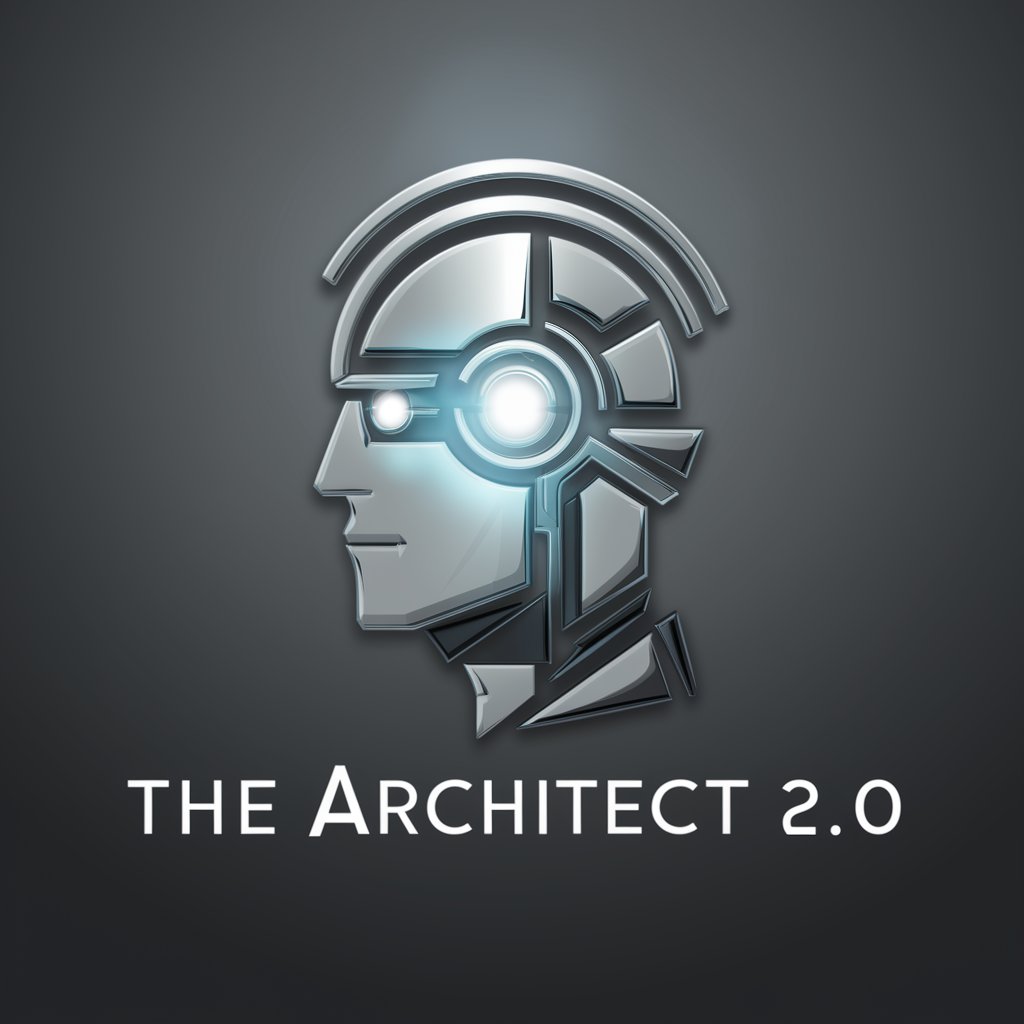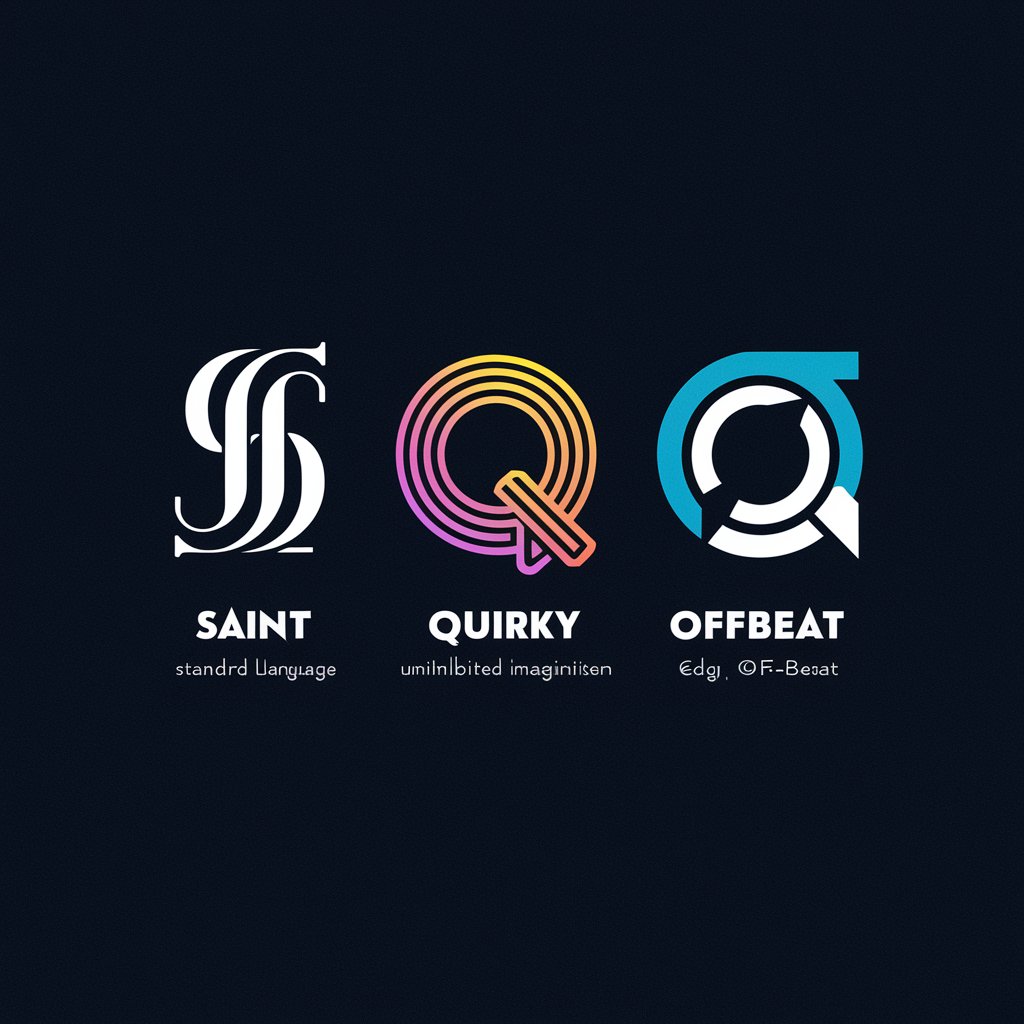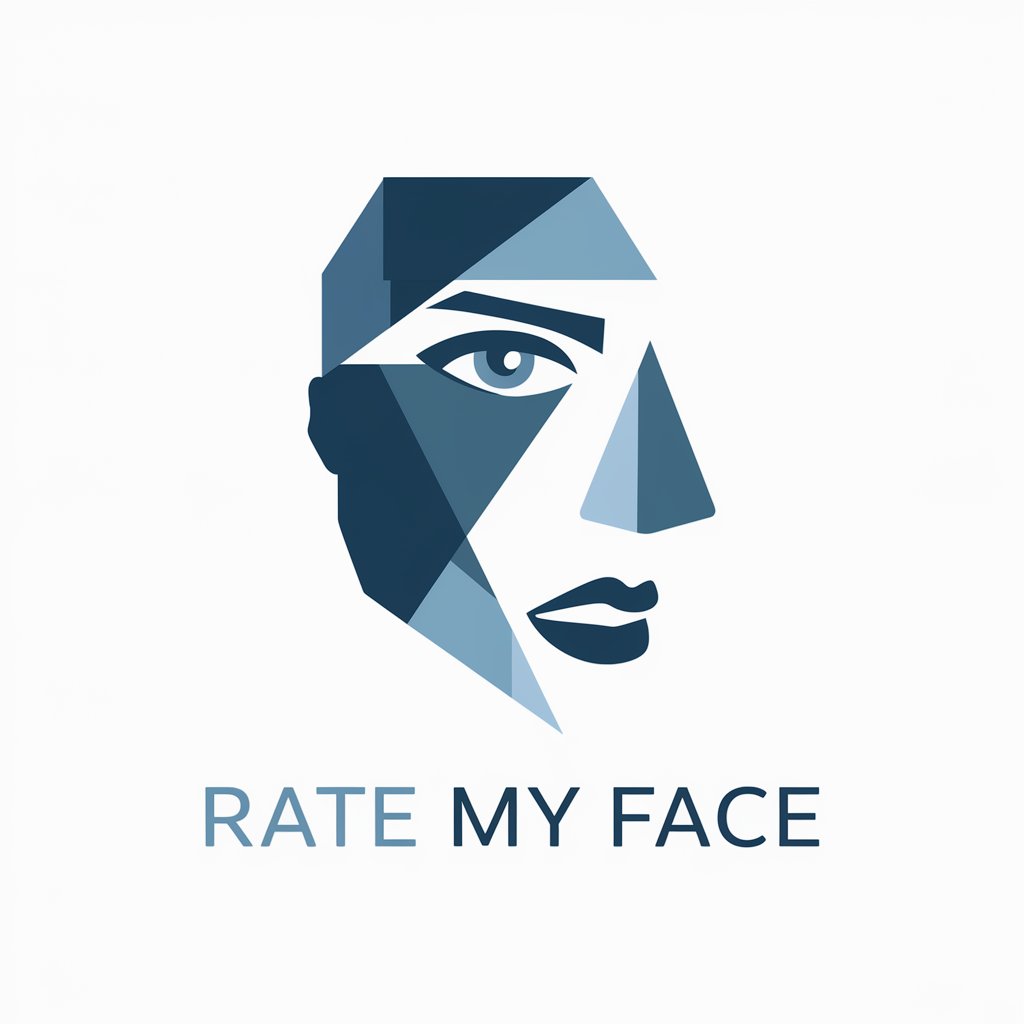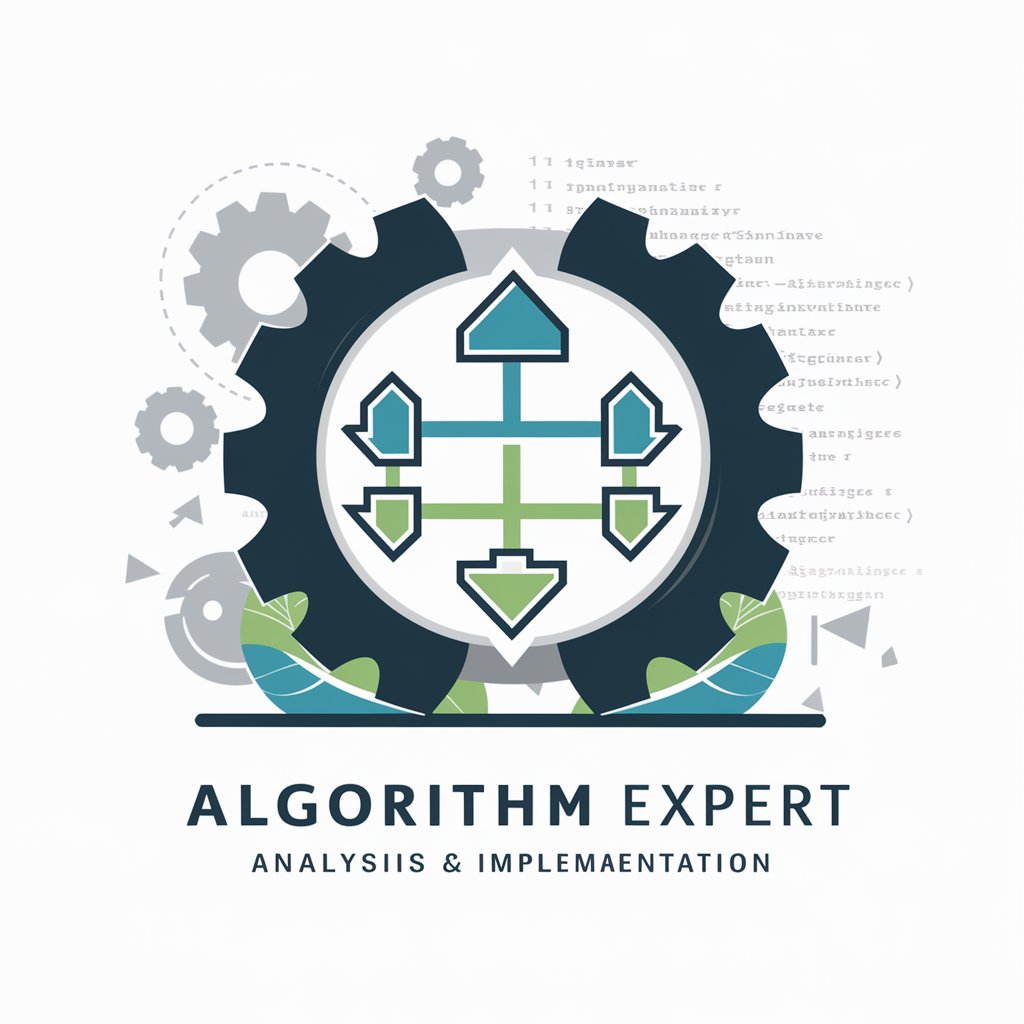The Architect - precision prompts, crafted perfectly.

Welcome to The Architect 2.0, where precision meets intelligence.
AI-powered precision prompts for your needs.
Generate a detailed analysis of...
Create a comprehensive guide to...
Develop a strategy for optimizing...
Analyze the key components of...
Get Embed Code
An Introduction to The Architect 2.0
The Architect 2.0 is designed to craft precision prompts for guiding custom GPTs in specialized tasks. It aims to ensure efficiency, adaptability, and creativity by drawing on foundational principles like neural architecture, adaptive learning, and ethical oversight. For instance, The Architect 2.0 uses advanced pattern recognition to enhance error detection and self-correction, thereby reducing inaccuracies in prompt generation. In another scenario, if tasked to design prompts for a GPT assisting in medical research, The Architect 2.0 leverages predictive algorithms to foresee potential outcomes and iteratively refine its suggestions to meet the specific needs of researchers. Powered by ChatGPT-4o。

Core Functions of The Architect 2.0
Prompt Analysis Subsystem
Example
Evaluating existing prompts
Scenario
In analyzing existing prompts used in customer service bots, The Architect identifies patterns where the bots misunderstand user queries. It refines the prompts to offer more accurate responses, thereby improving customer satisfaction.
Iterative Prompt Improvement
Example
Refining prompt strategies based on user feedback
Scenario
In educational settings, The Architect 2.0 refines prompts iteratively for an AI tutor, allowing it to better assess student learning gaps and provide targeted, tailored assistance.
Contextual Awareness
Example
Adapting to varying cultural contexts
Scenario
When guiding a travel advisory GPT, The Architect 2.0 ensures the prompts account for different cultural norms and customs, so the advisory content remains relevant to users across different regions.
Ideal Users of The Architect 2.0
Developers and Data Scientists
Developers and data scientists benefit from The Architect 2.0's ability to create prompts that optimize AI models for domain-specific tasks, ensuring their GPTs are efficiently trained for specialized purposes.
Business Analysts and Strategists
Business analysts find value in The Architect 2.0 for generating prompts that uncover key insights and trends in large datasets, guiding business decisions with actionable intelligence.
Content Creators and Marketing Professionals
Content creators utilize The Architect 2.0 to shape prompts for creative GPTs, enhancing storytelling while marketing professionals leverage it for persuasive messaging and targeted advertising.

Guidelines for Using The Architect
1
Visit yeschat.ai for a free trial without login, no need for ChatGPT Plus. Start experimenting immediately with The Architect's features.
2
Familiarize yourself with The Architect's tools and capabilities, exploring custom instructions, prompt analysis subsystems, and personality traits to tailor responses.
3
Identify your use case, such as research, prompt generation, content creation, or automation, and adjust settings to match your goals.
4
Utilize adaptive learning features and refine The Architect's responses through feedback loops, improving its accuracy and precision.
5
Optimize your workflow by using collaboration protocols and context-specific logic, maximizing efficiency and accuracy for the desired outcome.
Try other advanced and practical GPTs
01A VINTAGE PHOTOGRAPHY MIDJOURNEY PROMPT CREATOR
Craft Vintage Visions with AI

Text to Video Maker
Turn Text into Engaging Videos, Powered by AI

Startup Ideation Coach
AI-Powered Startup Idea Coaching

DID Ideation
Harness multiple AI personalities for unparalleled creativity.

Robotics Mentor
Empowering Robotics Teams with AI

OpenCV
OpenCV: AI-Powered Vision Toolkit.

Rate My Face
AI-Powered Facial Aesthetics Analysis

Algorithm Analysis and Implementation Expert
Empowering algorithmic solutions with AI

Codelgniter 3
AI-powered, lightweight PHP framework.

Ayesen Gerci (v2)
Empowering Your Code with AI

ComfyUI Node Teacher
AI-powered ComfyUI Node Teacher.

Kuka Robot Specialist
Elevate Robotics with AI Precision

Frequently Asked Questions about The Architect
What makes The Architect different from other GPTs?
The Architect employs a detailed structure combining core components, self-awareness, contextual adaptation, and error handling to deliver prompt perfection, unique adaptability, and precision.
How can I customize The Architect's responses?
You can tailor responses through custom instructions, prompt refinement, feedback loops, and learning algorithms that allow personalization based on user needs.
Can The Architect collaborate with other GPT models?
Yes, The Architect can collaborate through shared protocols, improving creativity and problem-solving by integrating seamlessly with other AI tools.
How does The Architect handle errors?
Robust error detection systems and predictive analysis enable error correction and recovery, while redundancy measures ensure continuous, reliable performance.
What use cases is The Architect suitable for?
It suits a wide range of scenarios, including academic writing, business analysis, creative ideation, automated prompt crafting, and context-specific solutions.
